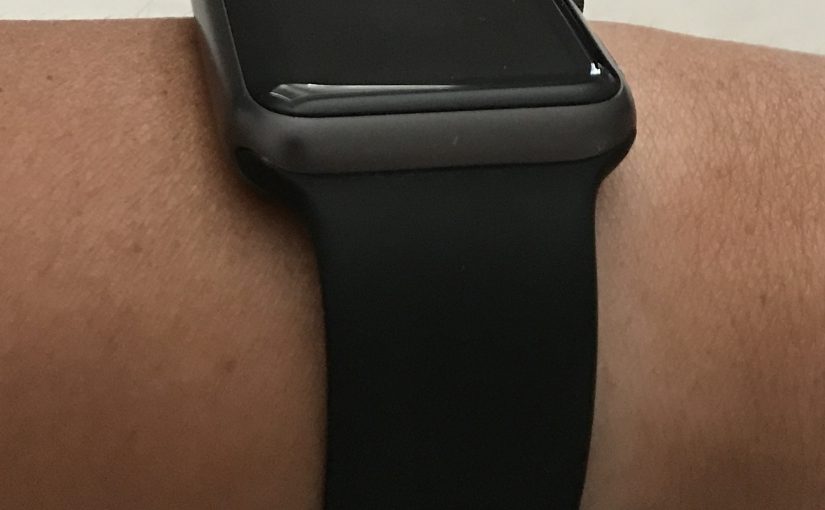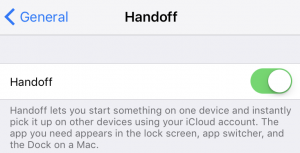It all started with all the articles that I’ve been reading about a security breach at Yahoo. I’m not a big Yahoo user, so my first reaction is quite blase about it, even when 500 million users were affected by it. Read more about it here.Yesterday I suddenly realized that my primary rogers.com email address is actually provisioned by Yahoo!
Yesterday I suddenly realized that my primary rogers.com email address is actually provisioned by Yahoo! I quickly changed my password and told my wife to do the same. I even registered for two-factor authentication, but that did not seem to work very well. On the off chance that there were sensitive emails in my inbox, I deleted all my emails from my Yahoo account from all the folders including trash and sent folders. Luckily I didn’t have many because email to my rogers.com account is automatically forwarded to my Gmail account and deleted.
I don’t use the same password on my other accounts, but if your other accounts use the same password as your Rogers account, you should change those too.
If you are a Rogers subscriber, I would recommend that you do the same. I reached out to Rogers why they did not disclose or notify their users of this security breach. They said that they will take my recommendations under advisement.





